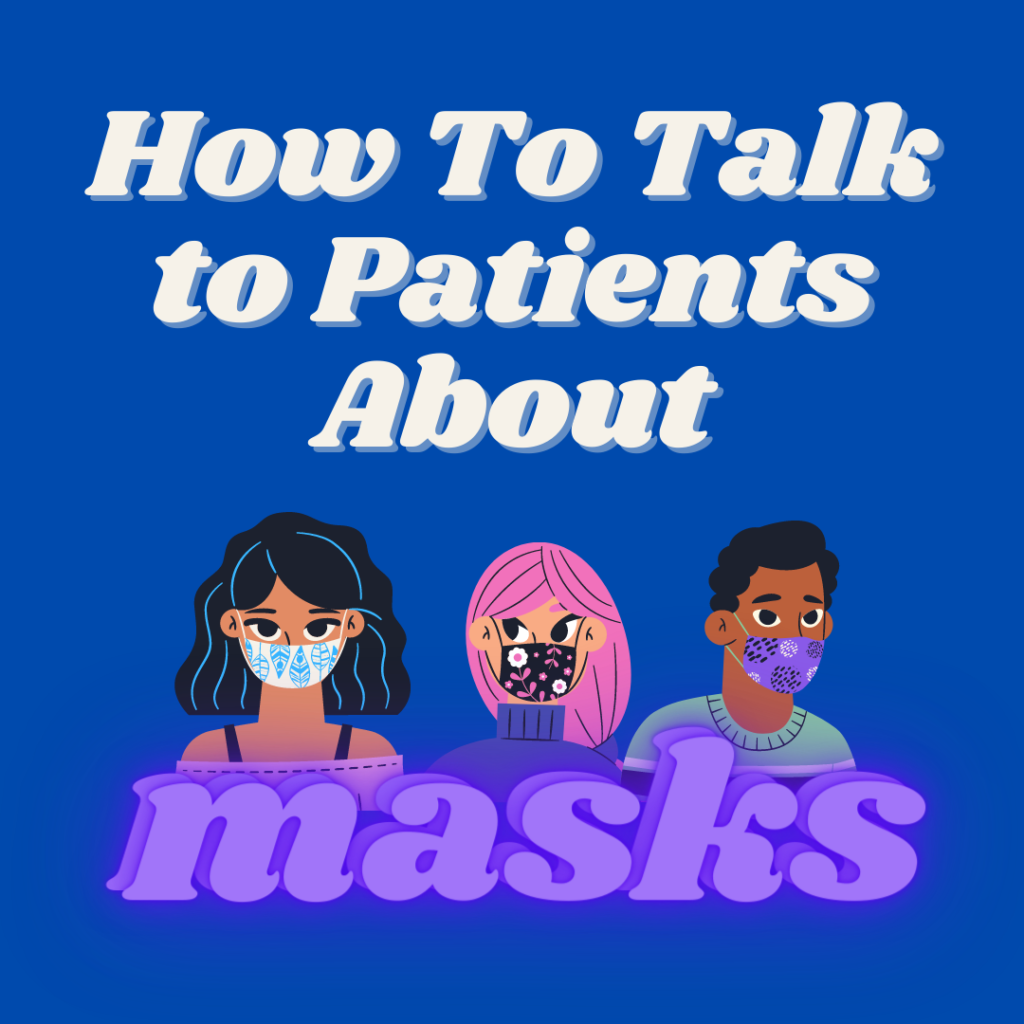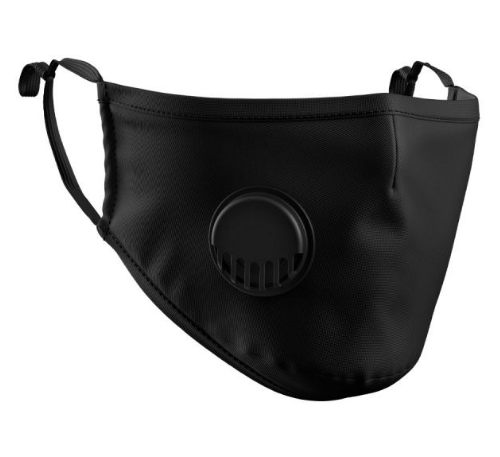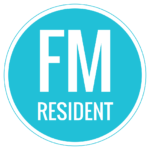If you’re a Family Medicine resident you may be in a weird wild West of alternating COVID inpatient and telemedicine outpatient. You might be on “normal” outpatient or inpatient off-service rotations. You may be all over the place wondering what tomorrow will bring. But wherever you are, you’re probably seeing a lot of folks wearing masks, and not “properly.”

So, how can you talk to patient’s about masks?
Don’t Dive In… Yet
Address your patient’s concerns first. The mask conversation can come at the end, and they are seeing you for a reason. If you dive straight into the mask talk you ignore their needs and demonstrate patriarchal behavior we don’t need to see in 2020.
Ask, then Chat
When you have 2-3 minutes left on the clock, ask permission. “Can we talk about masks for a minute?” I haven’t had anybody tell me no, yet. It’s a sign of your respect for the patient, and shows you care enough to start with an ask, not a lecture.
If they’re wearing a nice fitting mask that seems to have appropriate layers go ahead and say “Looks like you have a good mask there. How many layers is it?” They may not know, but then YOU will know to talk about why 2 layers with a filter or 3 layers are better than a single-layer of fabric.
Single Way Valve Mask?

Yuck. These are the worst.
Ok, to be honest this breaks my rules above. When I see this in the lobby – if the front desk hasn’t already given them a surgical mask to cover the valve – then I ask for one, and have them cover it before we go back. I explain the why when we get to the clinic room.
How Many Masks?
Ask how many masks they have at home. A lot of folks only have 1 or 2, even “affluent” patients. Most don’t know they’re supposed to be washed after a use (ie: going outside and running an errand, then coming home, it’s now “dirty”).
What’s the right number? I don’t know for sure, but the right thickness of material and right layer takes more than overnight to dry in SF, so at least three to allow for a rotation and drying time. If they can afford more I’ve been encouraging patients to splurge – match their mask to their shoes, their backpack, get fancy with it. I think a goal of seven masks (one for each day) is a reasonable one, given that this will be ongoing for months, if not at least another year.
Mask Too Small for their Face
Acknowledge the mask looks small. Ask if they have any others that fit better. If not, or if only 1 or 2, encourage them to look for “extra large face masks” on Etsy, and reassure them they have a normal sized face, but “one size fits most” doesn’t work in masks or workout clothes.
Right Size Mask, Ear Loops Too Big
This causes their nose to pop out and they keep touching the mask to pull it up, even if there is more than enough fabric to cover their face. You can suggest they use a shoelace cut in half, or ribbon/yarn or whatever else is available to tie to each of their ear loops, so they can tie a bow in the back of their head and keep the mask better sealed to their face.
For new masks on Etsy look for “tie back,” “tie behind head,” or elastic straps.
Oh no now they’re asking me about what mask to buy?!?
This is a whole post itself, which is almost done being written, due to so many patients asking about it.
What if they have anxiety while wearing their masks?
Psychology Today has an article you can review and share – “How to Combat Mask Anxiety“
And UW Health has an article on mask anxiety and two videos, including one with tips on how to get kids to wear mask (ProTip: just like lunchboxes, go for Paw Patrol or Doc McStuffins, etc)
What Other Resources Can I Share with Patients?
AAFP’s familydoctor.org has you covered with a basic article on masks.
